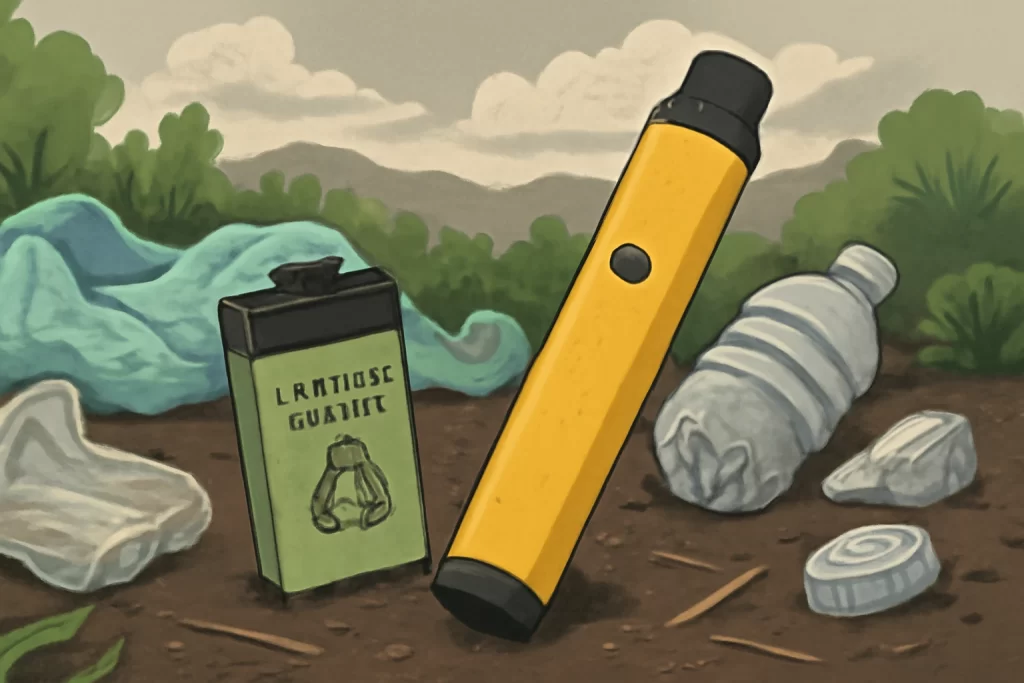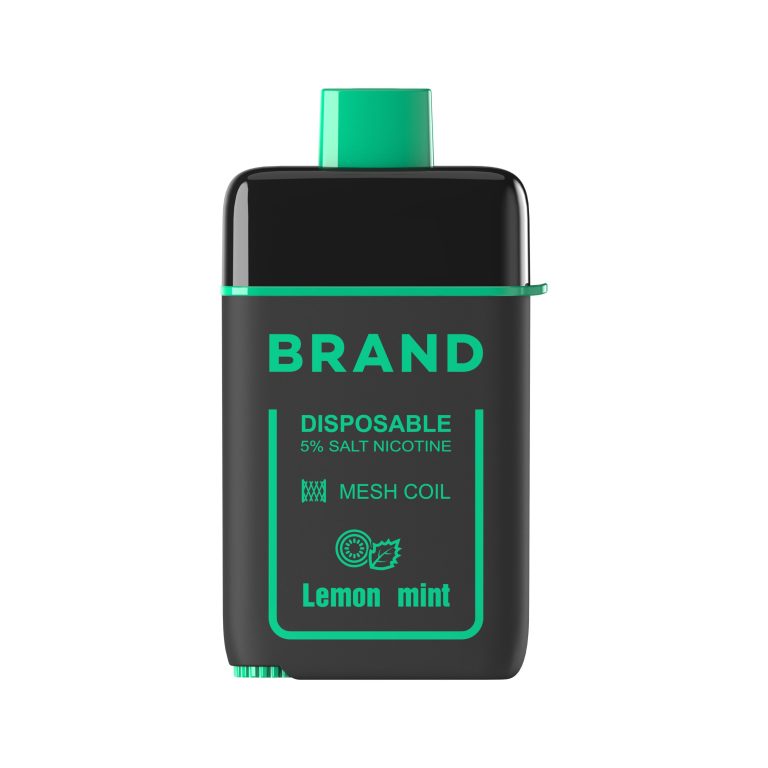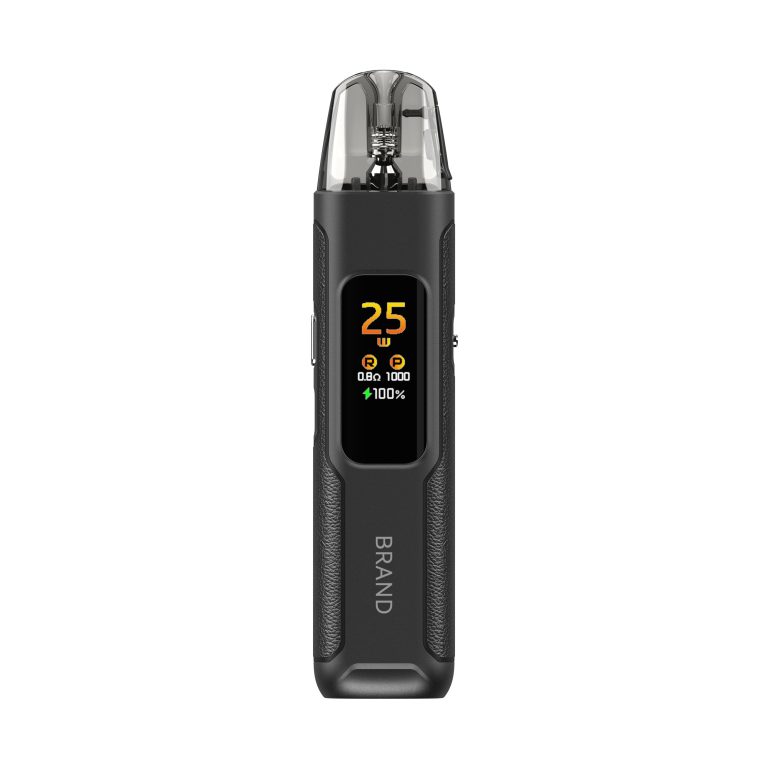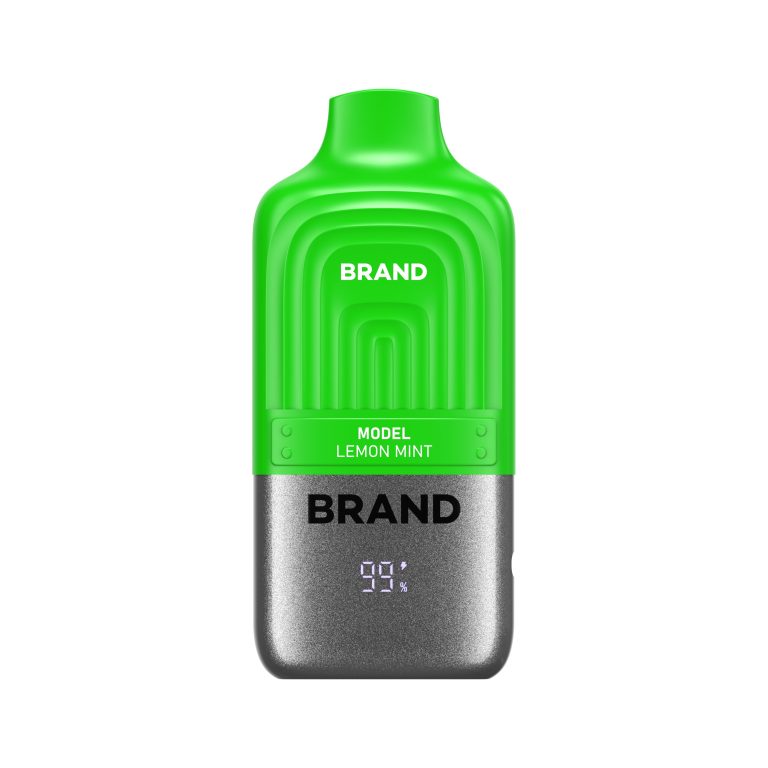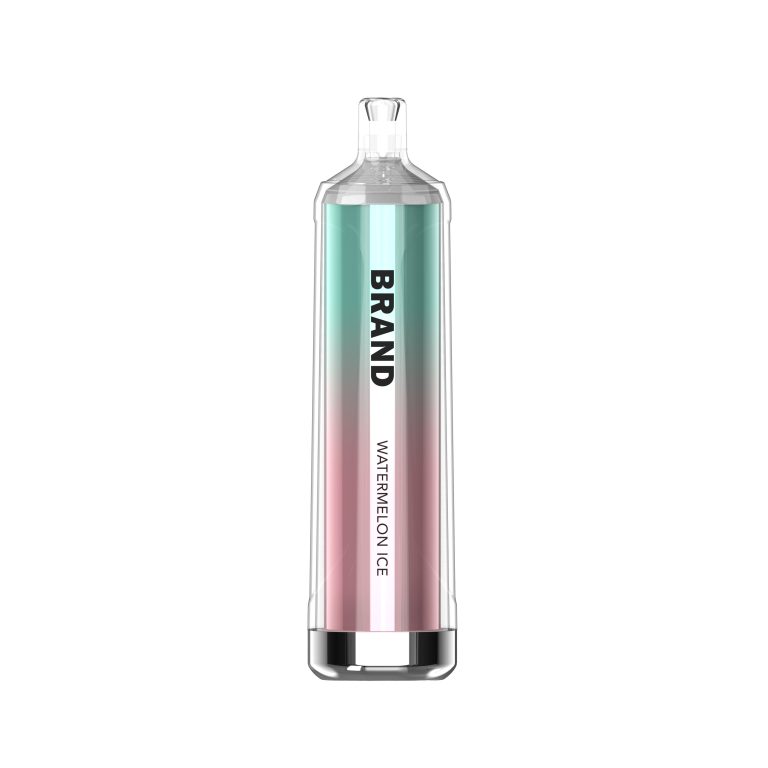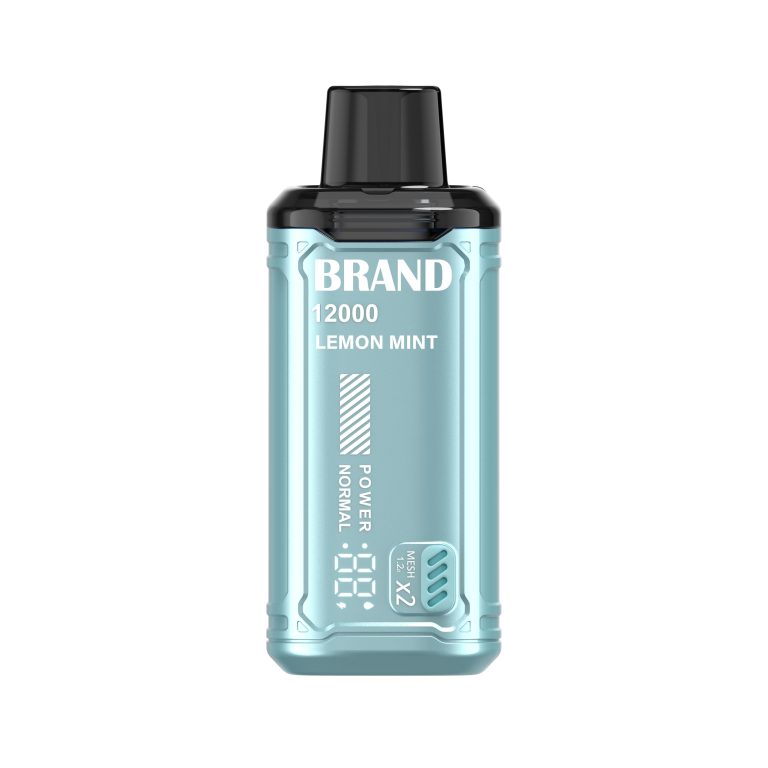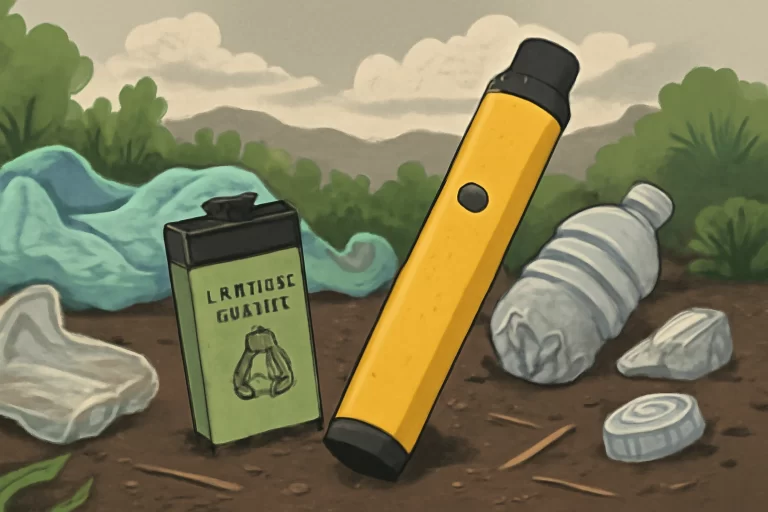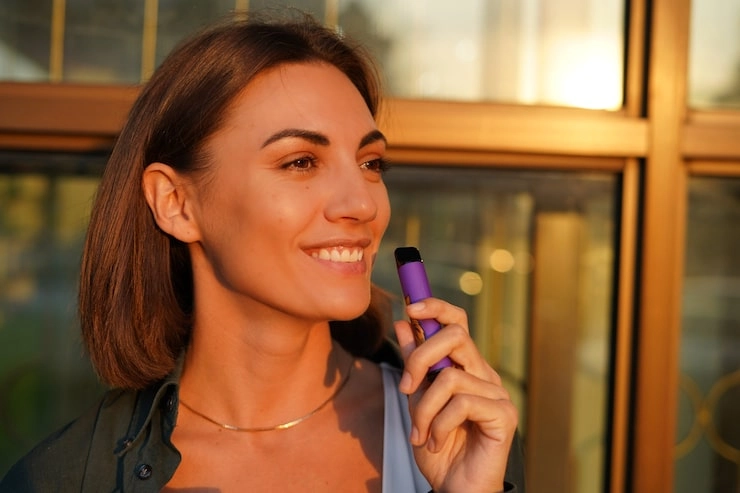Vapes exploded onto the scene as the cool, healthy swap for cigarettes. No smoke. No smell. Just clouds of cotton-candy flavor. Slick ads made it look almost virtuous. Reality hits different. Under the shiny marketing lies a growing environmental disaster that nobody wants to talk about. Disposable vapes—the cheap, colorful ones you see everywhere—are churning out insane amounts of toxic trash. Our planet is paying the price for every quick nicotine fix.
This article breaks it down plainly. We’re talking two giant headaches: lithium-ion batteries that catch fire and poison the ground, and endless plastic that clogs landfills forever. Walk with me through the short, dirty life of a typical disposable vape. From dusty mines to overflowing dumps, the hidden costs stack up fast. And they’re ugly.
The Hidden Hazard: Lithium-Ion Batteries in Every Puff
Every vape needs power. That power comes from a tiny lithium-ion battery. They’re brilliant little things—light, strong, rechargeable in bigger devices. In disposables? They’re sealed in and meant to die young.

From Mine to Vape: The Upstream Impact
The trouble starts long before the factory. Lithium mining is thirsty work. In the dry Lithium Triangle—Argentina, Bolivia, Chile—companies pump ancient groundwater into giant ponds. The sun evaporates it. White lithium crust remains. One single ton can guzzle 500,000 gallons of water. Rivers dry up. Farmers lose crops. Indigenous communities suffer first. Wildlife disappears. It’s devastation most vapers never see.
Then there’s cobalt. Over 70% comes from the Democratic Republic of Congo. Kids as young as seven dig it by hand. Tunnels collapse. Lungs fill with dust. Companies look away because cobalt keeps batteries stable and cheap. Your $10 puff bar carries that weight. Simple as that.
What’s more, nickel and graphite add their own scars—deforestation in Indonesia, polluted rivers in China. By the time the battery reaches the assembly line, it’s already cost the earth dearly.
The Disposal Nightmare: A Fire in the Bin
Disposables last maybe 600 puffs. Two days for a heavy user. Then it’s trash time. Huge mistake.
Garbage trucks crush everything together. One punctured battery can spark thermal runaway. Temperatures hit 1,000°F in seconds. Fires rage through waste plants weekly now. Firefighters need special foam because water makes it worse. Workers get injured. Plants shut for months. Repair bills run into millions—all from tiny vapes mixed in the load.
Even when they don’t burn, they leak. Landfills aren’t kind. Plastic cracks. Acid drips. Heavy metals—lead, mercury, cadmium, nickel—seep into soil. Rain carries them to rivers. Fish absorb them. We eat the fish. The poison cycle begins again. These devices are legally WEEE—Waste Electrical and Electronic Equipment. They belong at special recycling centers. Almost nobody takes them there. Awareness is near zero. So the danger grows unchecked.
The Plastic Plague: A Single-Use Mentality
Batteries scare me. Plastic might be worse. It’s everywhere, and it never truly leaves.
Designed for the Landfill
Look at a disposable vape. Bright polycarbonate tube. Metal coil inside. Cotton wick soaked in liquid. Microchip. LED light. Battery glued tight. Everything melted or screwed together forever.
Recycling plants hate them. Machines can’t pull the parts apart. Workers can’t either—not profitably. So the whole device gets rejected and landfilled. Even if you try to do the right thing, the system fails you. Design guarantees waste.
The Staggering Scale of the Problem
Numbers make your head spin. The UK throws away roughly 5 million disposable vapes every single week. That’s two per second. Globally we’re looking at 150–200 million tossed yearly and climbing fast. Teen use skyrocketed, and so did the trash.
That plastic sits for centuries. Sun and weather shatter it into microplastics—tiny shards smaller than sesame seeds. They blow into oceans. Fish swallow them. Seabirds starve with bellies full of colorful vape pieces. Those microplastics climb the food chain. They’re in rainwater now. In our bloodstreams. In newborn babies. The candy-flavored habit just poisoned the entire biosphere.
Walk any street after the weekend. You’ll spot them—neon tubes in gutters, half-buried in parks, washed up on beaches. They’re the new cigarette butts, only ten times worse.
Company Profile: Fuumy
Meet one of the giants behind the flood: Fuumy Technology. They pioneered the cotton-coil and separate oil-storage design that made disposables explode worldwide. As a massive Original Design Manufacturer (ODM), Fuumy builds for dozens of famous brands you see in gas stations.
They boast a daily output over 800,000 units. Eight hundred thousand. Every day. That’s a river of lithium, cobalt, plastic, and circuit boards flowing out of their factories. At that scale, even small changes would matter hugely. Modular designs. Easy disassembly. Company take-back programs. Real recycling partnerships. Fuumy and others like them could flip the script overnight. Instead, the race stays stuck on cheaper, faster, brighter. Profit first. Planet later—or never.
Conclusion: A Call for a Sustainable Shift
We bought the lie that vaping is clean. It isn’t. Not even close. Disposable vapes turned a harm-reduction tool into an environmental wrecking ball.
The model is rotten at its core. Mine scarce metals under awful conditions. Ship them halfway around the world. Assemble throwaway junk. Sell it cheap. Let taxpayers handle the fires and poison later. That’s not innovation. That’s externalizing every cost possible.
Real fixes are straightforward. First, Extended Producer Responsibility laws—make companies pay for collection and proper recycling. Watch how fast designs change when landfills hit their bottom line. Second, outright bans on single-use vapes. The UK plans one in 2025. France too. Scotland already started. Momentum is building. Third, education and access. Subsidize refillable starter kits. Put e-waste bins in every corner store. Teach kids the real price of those neon bars.
Consumers hold power too. Every reusable device bought is a vote against the trash tide. Demand better. Refuse the disposable lie. The planet can’t wait another year.
Frequently Asked Questions (FAQ)
Q1: Can I throw my disposable vape in the regular recycling bin?
A: Absolutely not. Never do it. It’s hazardous e-waste with a lithium-ion battery that can explode and ruin entire recycling loads. Find a designated e-waste drop-off or battery recycling point instead.
Q2: Are refillable or pod-based vapes better for the environment than disposables?
A: Yes—massively better. The battery and body last hundreds of refills. You only toss small pods or coils. Waste drops 90% or more. Still not zero-impact, but a huge step in the right direction.
Q3: Who is ultimately responsible for solving the e-cigarette waste problem?
A: No single villain. Manufacturers must design sustainable products and fund real take-back systems. Governments need tough laws—bans, EPR, deposit schemes. Consumers drive demand—choose reusable, dispose properly, speak up loud. All three groups have to move together, and fast.

